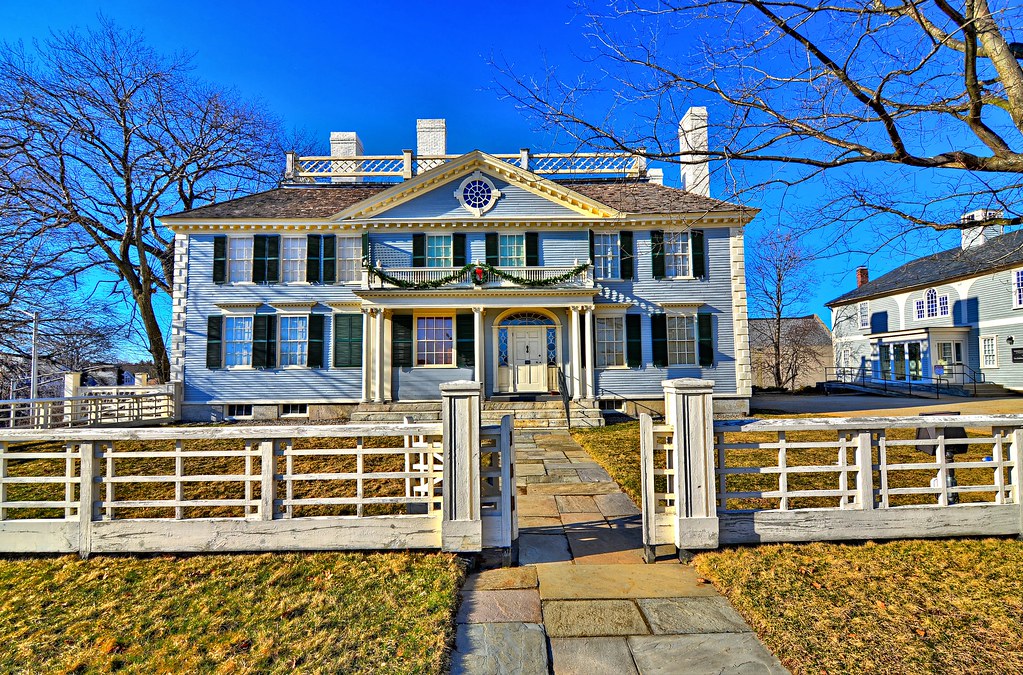“The Arms Race of 1774” in Worcester, 4 Oct.
This Tuesday, 4 October, I’ll speak at the American Antiquarian Society about “The Arms Race of 1774.” Our program description:
We know this from the congress’s records. Gen. Gage knew it too. On 8 Mar 1775 he wrote down in his intelligence files:
Gage had another source out in the countryside as well. Most of that person’s dispatches came from Concord, but one described a trip to Worcester. Translated from the poor French, this spy wrote on 11 March:
My talk is scheduled to begin at 7:00 P.M. It is free to the public, and the A.A.S. recommends that people arrive before 6:45 to get seats. Parking is available along Salisbury Street.
ADDENDUM: C-SPAN3 will air my talk at the Anderson House museum and library in Washington, D.C., today at 4:45 P.M., and it will then be available online at this link.
Starting in September 1774, Massachusetts patriots and royal governor Thomas Gage raced for the province’s most powerful military resources—cannon and other artillery pieces. That competition cost the royal government control of most of Massachusetts, spread to neighboring colonies, and led to war the following spring.This is another of my talks based on The Road to Concord, and as usual I’m shaping my remarks around what happened in the area where I’ll speak. The A.A.S. is in Worcester, and that town was the Massachusetts Provincial Congress’s principal storage depot for military supplies.
We know this from the congress’s records. Gen. Gage knew it too. On 8 Mar 1775 he wrote down in his intelligence files:
By the Books of the Committee of Safety it appears that the greatest magazine of provisions & ammunition is at Worcester & that their whole stock of provisions part of which is at Concord amounts to about 600 Barrels of flour 300 Barrels of Beef 300 Barrells of Pork 150 Bushels Peas & 150 Bushels of BeansHow did Gage know what “the Books of the Committee of Safety” said? Because he had a man on the inside, Dr. Benjamin Church.
Gage had another source out in the countryside as well. Most of that person’s dispatches came from Concord, but one described a trip to Worcester. Translated from the poor French, this spy wrote on 11 March:
There are at least fifteen tons of gunpowder in Worcester County (about 30,000 pounds in all[?]) distributed in different places and houses. The two houses occupied by a certain Salisbury (merchant) and by Bigelow (a big chief) at Worcester contain considerable quantities of munitions and arms. The deposits of powder are not yet well known.The big chief was Timothy Bigelow, blacksmith, political organizer, and militia officer. The merchant was Stephen Salisbury, shown above in 1789. Salisbury’s 1772 mansion, where he once stored “considerable quantities” weapons, has been owned by various Worcester cultural institutions and moved around the center of town. It’s now maintained by the Worcester Historical Museum.
There are three iron cannon (of three- or four-pound caliber) mounted on wheels rather badly in from of the church at the center of Worcester village.
My talk is scheduled to begin at 7:00 P.M. It is free to the public, and the A.A.S. recommends that people arrive before 6:45 to get seats. Parking is available along Salisbury Street.
ADDENDUM: C-SPAN3 will air my talk at the Anderson House museum and library in Washington, D.C., today at 4:45 P.M., and it will then be available online at this link.


